Who could resist the classic Holley 4150 double pumper carburetor with mechanical secondaries and a throaty voice—an American classic for generations of street performance weekend drag racing enthusiasts? Not many of us who crave the aroma of burning rubber and unburned hydrocarbons could resist the vintage Holley atomizer.
The 4150 has been serving hotrodders since 1957 when the Blue Oval put this guy on top of the 312ci Ford Y-block V8. Word spread quickly about the advantages of the new design Holley and it took the street performance world by storm.
Cruise SummitRacing.com and you will see Holley has been busy in its research and development labs birthing even better technology—the refined 4150 HP Series. Holley HP Series performance carburetors have been netting better elapsed times and speed for more than a decade. They excite the senses with power and they deliver reliability without being high maintenance. When they do need attention, they’re easy to service, with plenty of replacement parts on hand at SummitRacing.com.
The new lightweight 4150 Aluminum Street HP carburetor weighs 40 percent less than the traditional HP carb and is quite affordable. The Aluminum Street HP utilizes the best features from Holley’s time-proven 4150 HP carburetor, yet is quite tame for street and weekend racing. These features make it an excellent replacement for a vintage Holley 4150.
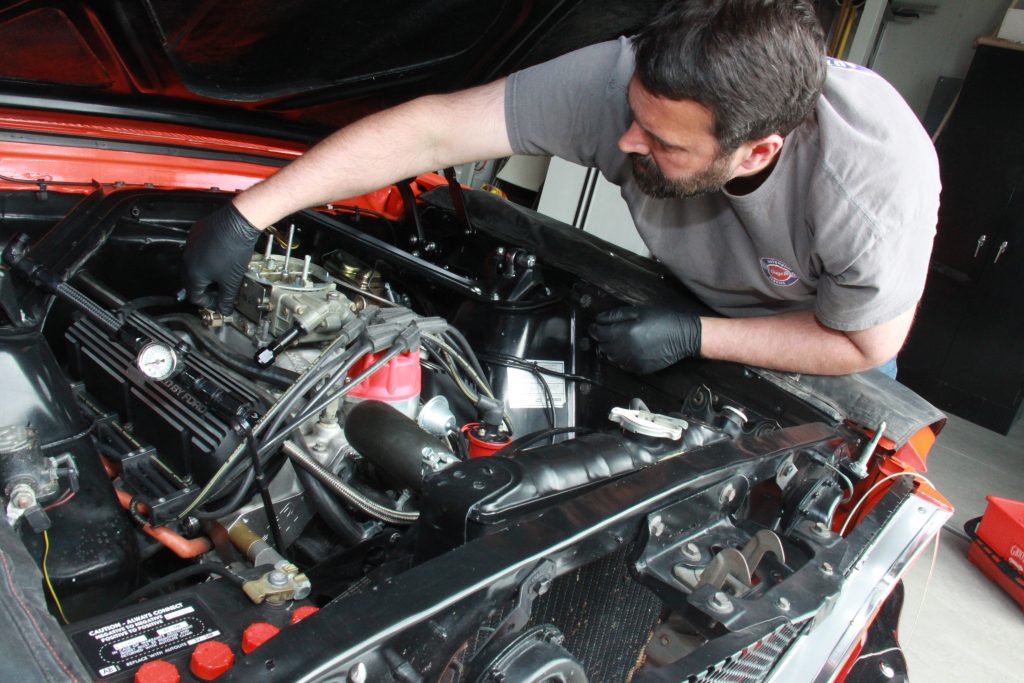
Bruce Couture of Modern Driveline in Boise, Idaho had grown frustrated with performance and drivability issues from his 1965 Mustang. He’d been through a succession of Holley carburetors, which didn’t yield the kind of performance he expected. There were idle quality issues, part throttle stumble, and serious lapses in wide-open throttle performance. He had custom built Holley carbs, which were never up to par. He knew his 289 was capable of more.
He looked to Holley for the 650cfm Aluminum Street HP Carburetor (PN HLY-0-82651SA) as a good first step toward better performance along with a professional dyno tune. The difference has been remarkable. Better idle. Crisp off-idle response along with a nice transition into the power circuit at high revs. Bruce also decided take his troubleshooting a step further with an in depth look at the ignition system. He was running a stock Autolite ignition, which was never very good to begin with.
Ford’s Autolite single- and dual-point ignitions have always been troublesome due to single and occasionally dual-bushed shafts, which suffer from instability causing point bounce and irregular dwell. Poor oil distribution to the shaft and bushings causes premature wear. Even with aftermarket drop-in electronic ignition drop-in retrofits, these distributors just don’t perform very well at high rpm.
Bruce opted for an MSD ignition system with vacuum advance (for street use) along with a Blaster coil which has made a significant difference in performance.
Performance issues aren’t always about one single issue, but collective problems that go undetected. Before you spend a bunch of money, check your engine’s current state of health—both static and working compression, manifold vacuum, valve adjustment, and air/fuel ratio, along with fuel system and ignition condition.
Static compression is checked with a compression gauge with the engine both cold and hot. Compression doesn’t always have to be high, but it should be consistent across eight bores. Working compression is checked with a cylinder leakdown test. Does each cylinder hold compression and for how long?
At idle, how is intake manifold vacuum? Does the needle bounce or is it steady? How is vacuum off idle? Have you checked valve lash? If valves are not fully closing (lash too tight), you can expect all kinds of issues. If valve lash is too loose, you will hear rocker arm noise and valves will not open fully.
Bruce has checked all of his engine’s vitals and has found he has two areas of weakness in carburetion and ignition. He has taken the time to improve both. Let’s get started.
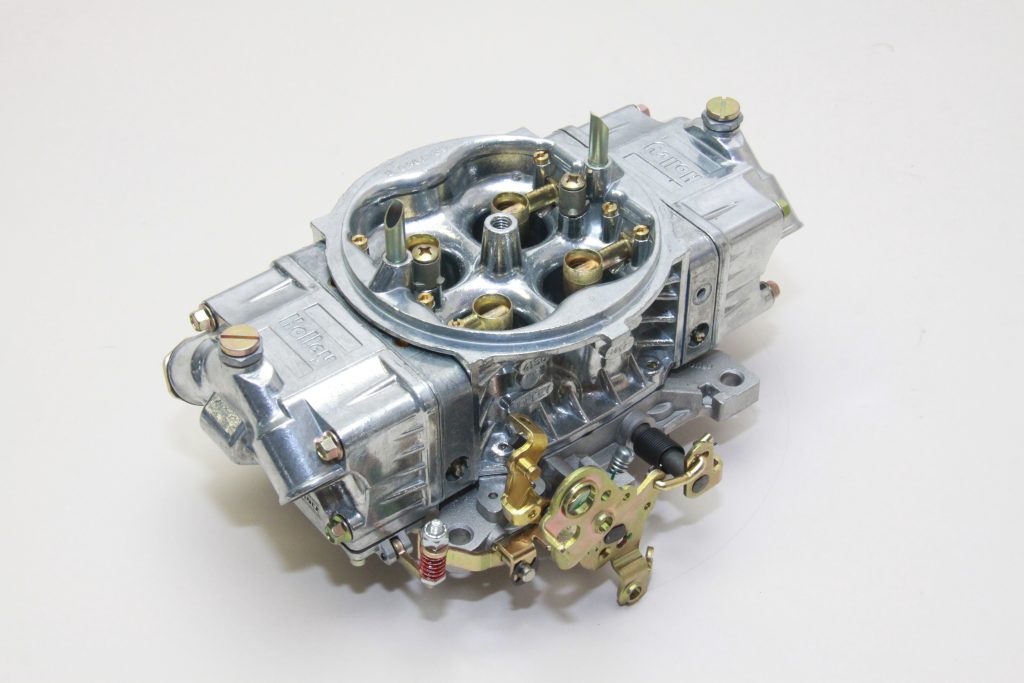
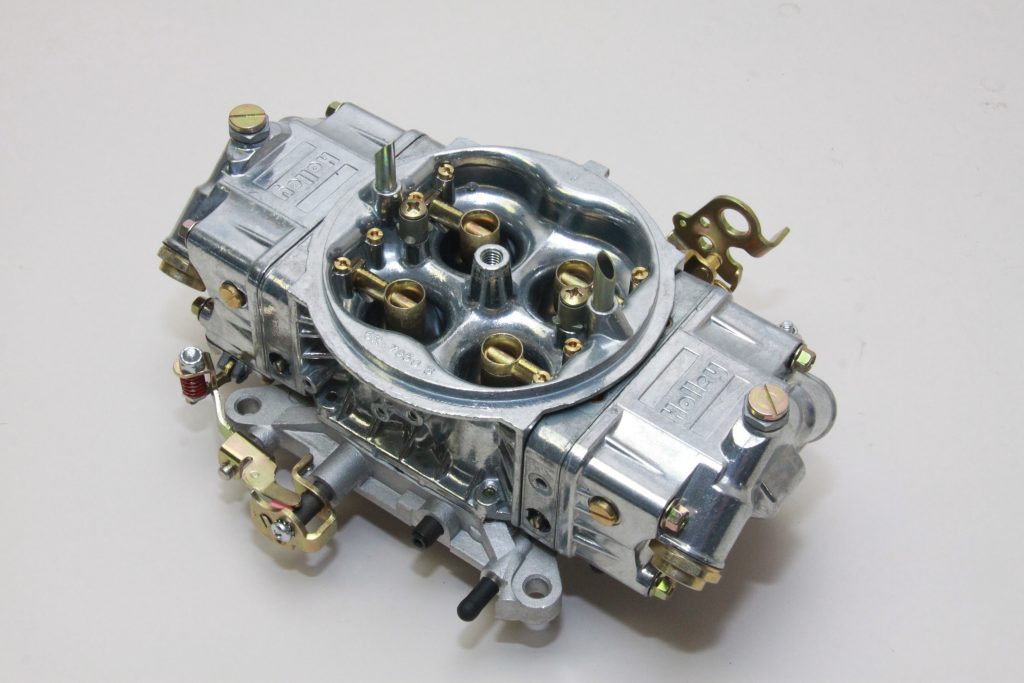
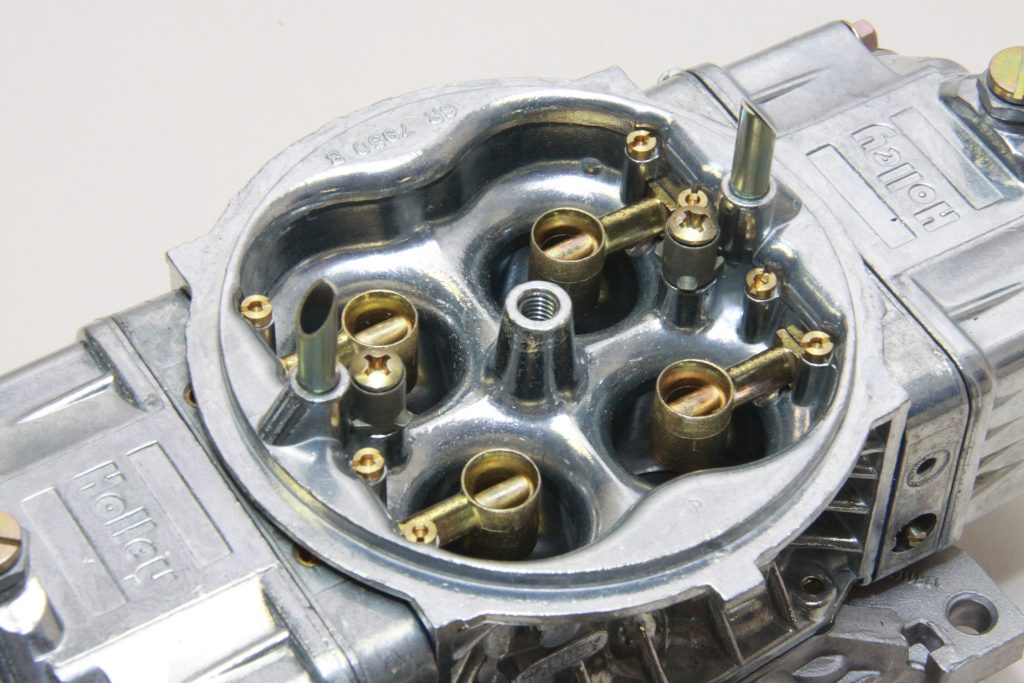
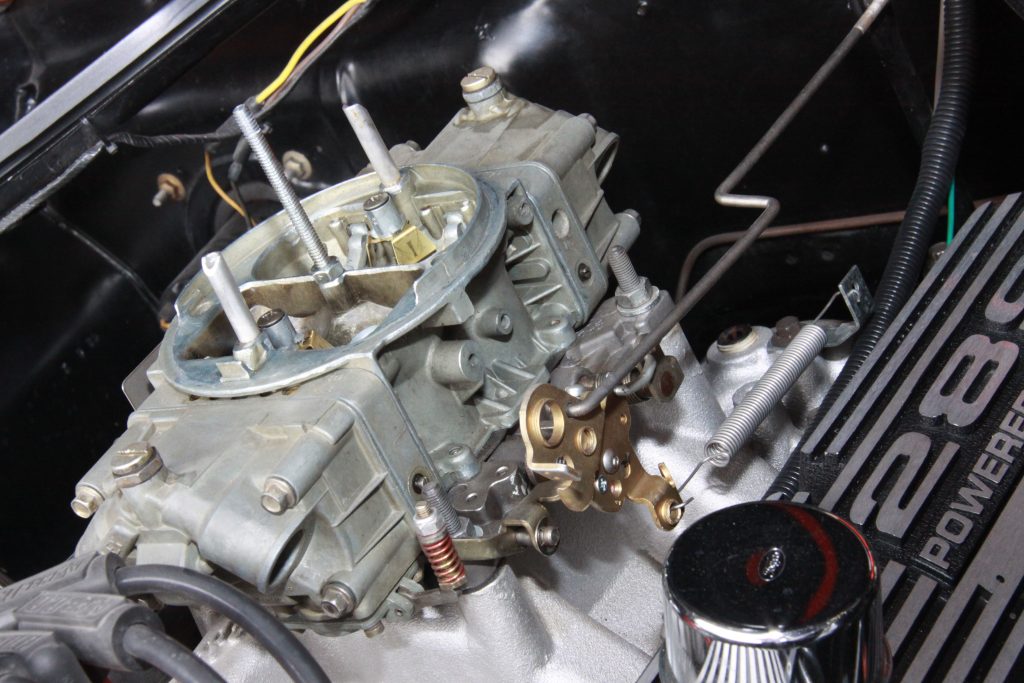
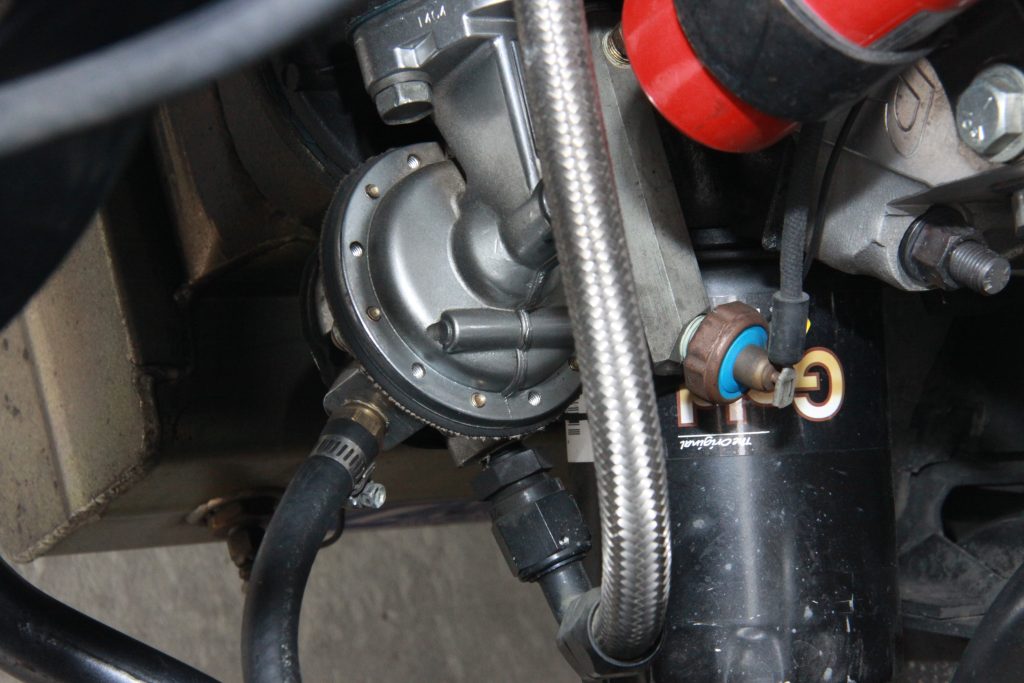
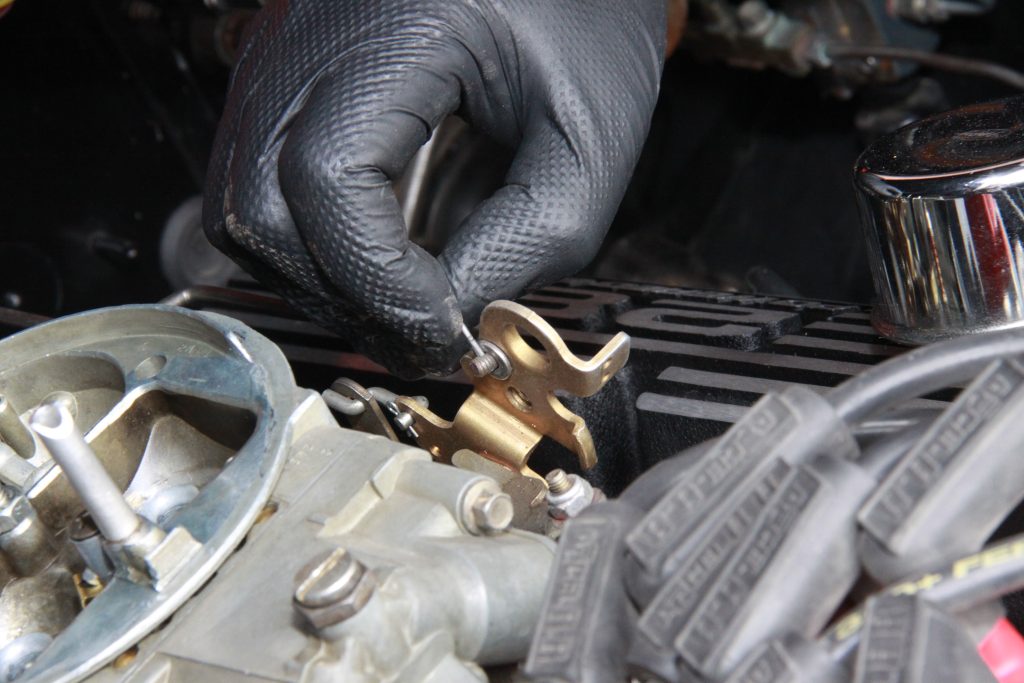
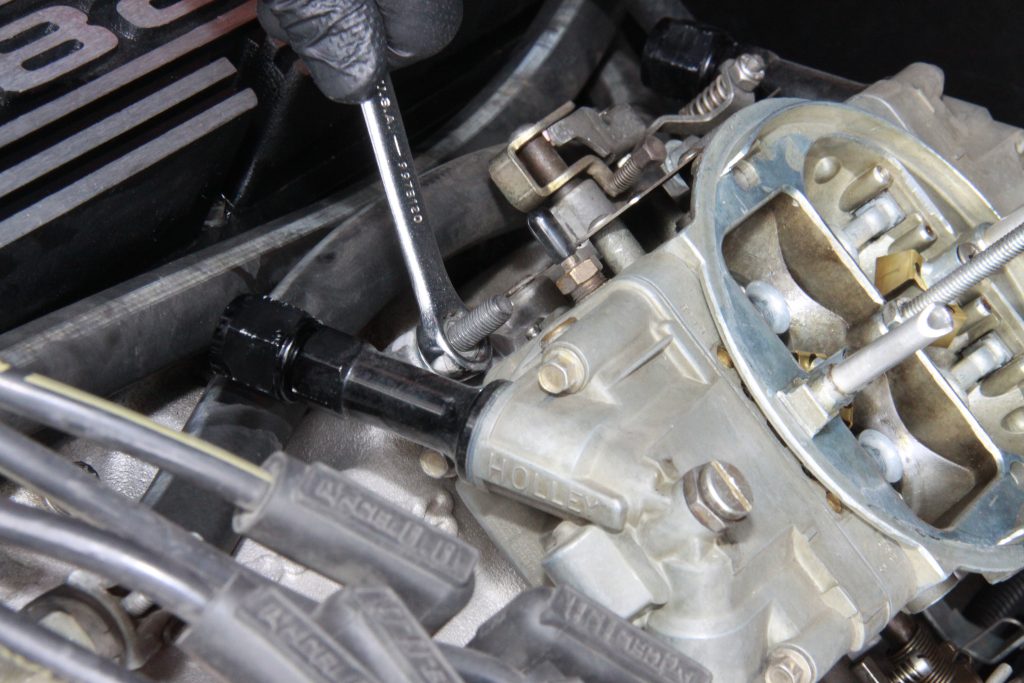
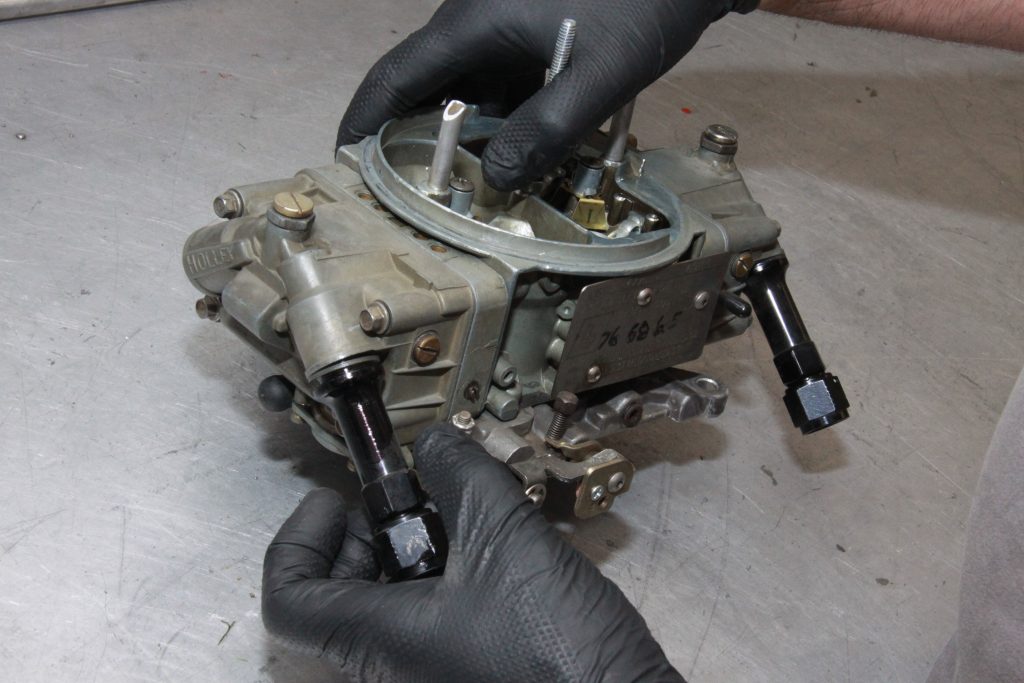
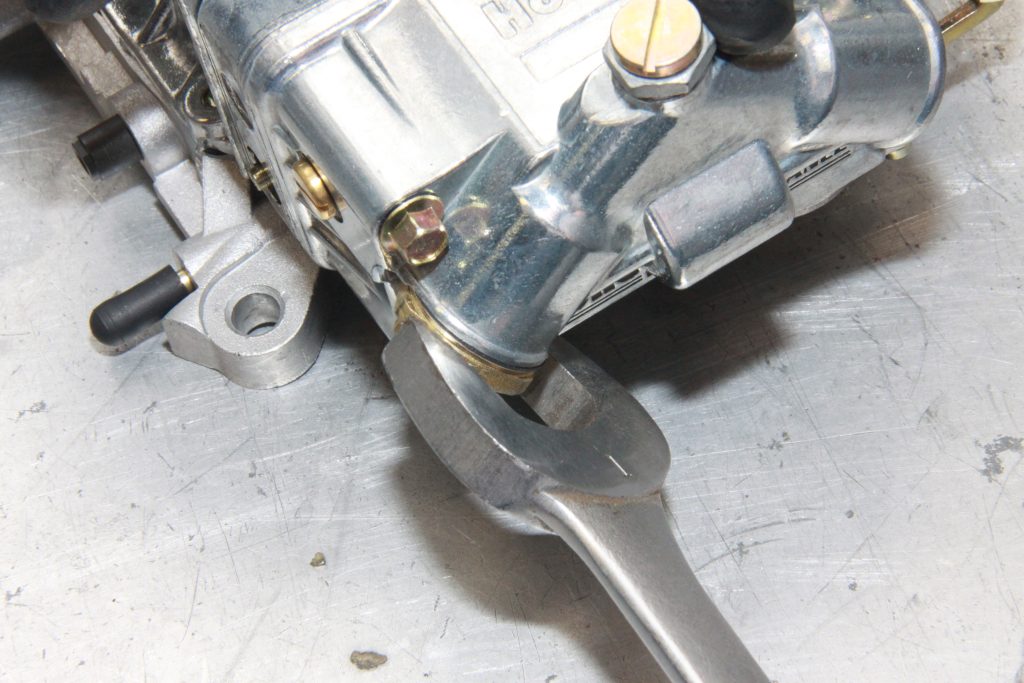
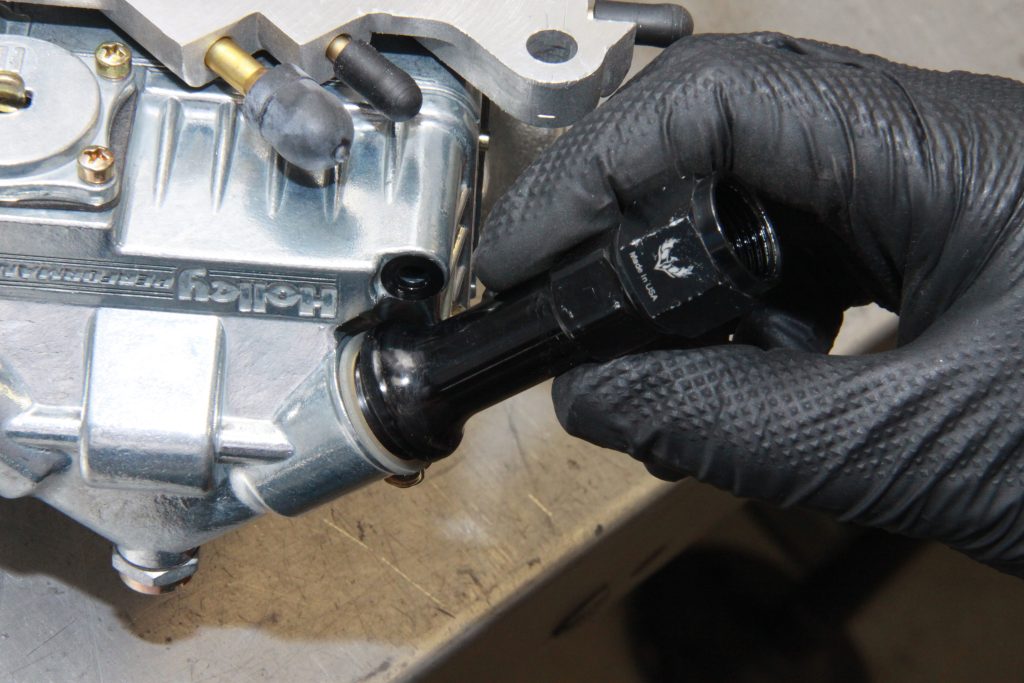
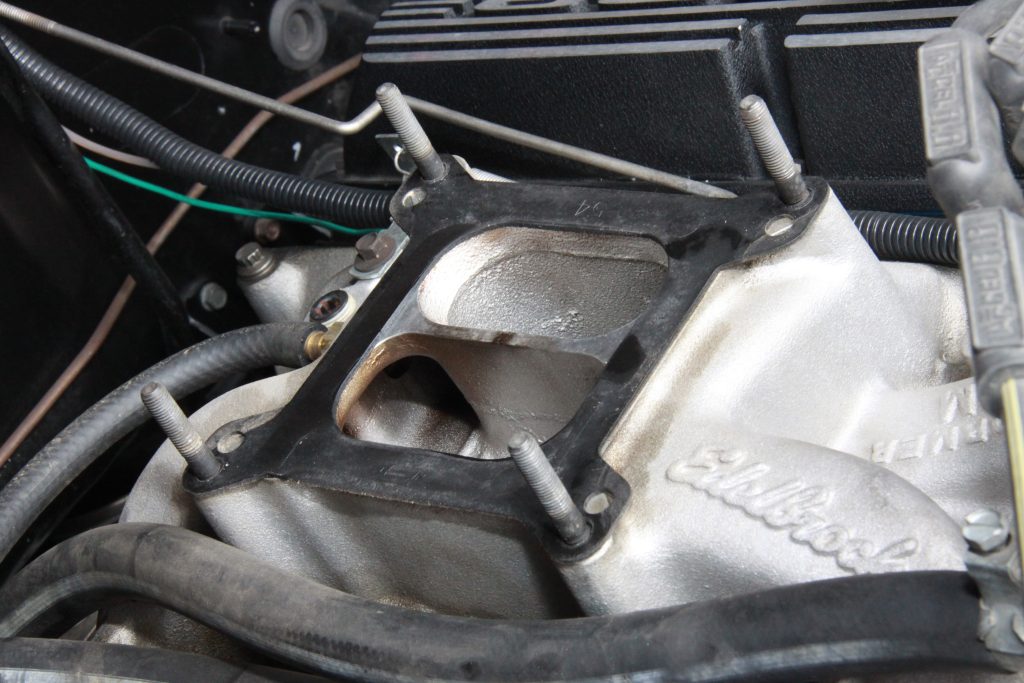
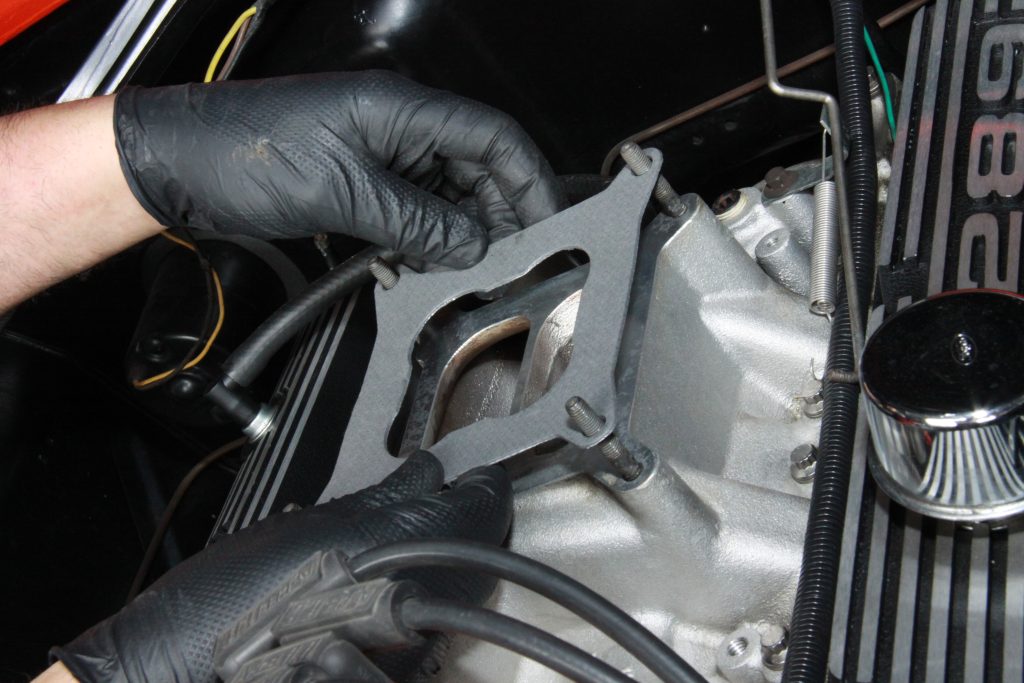
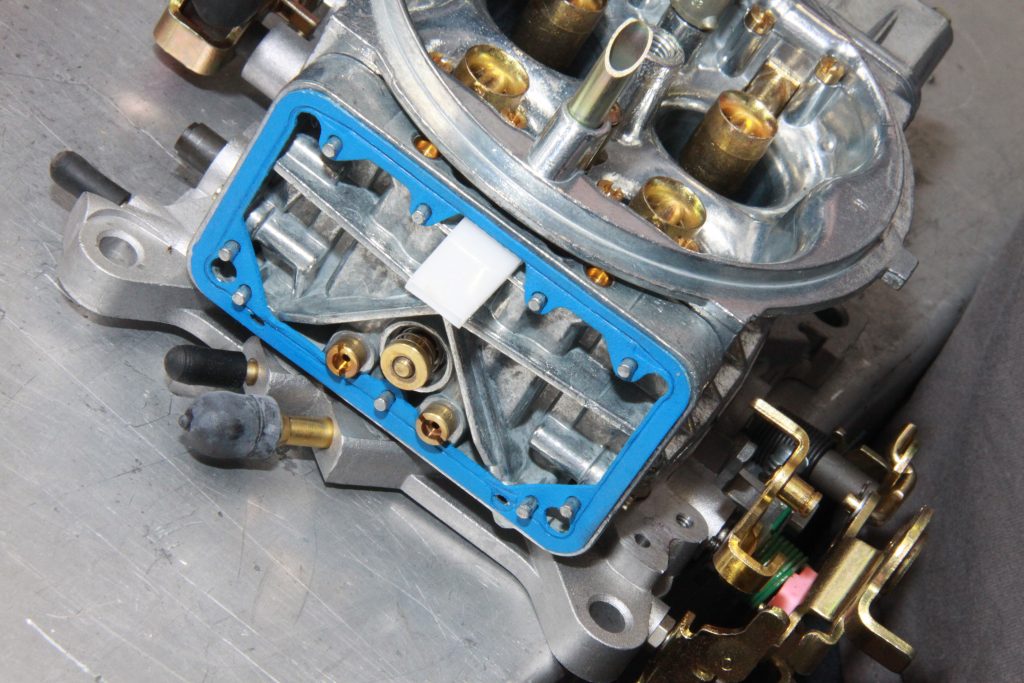
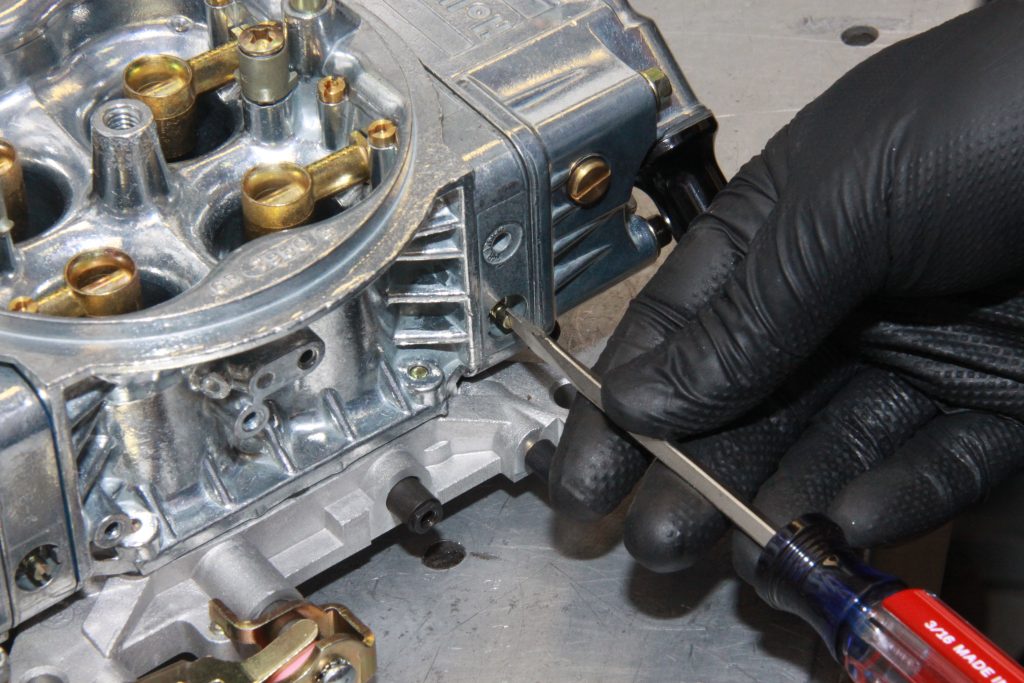
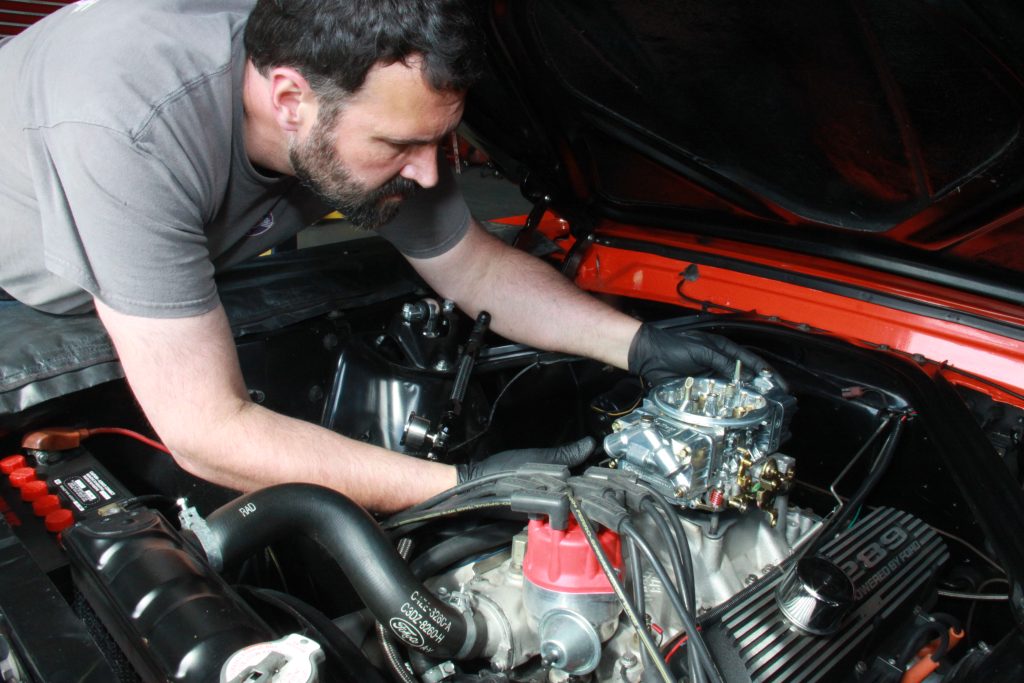
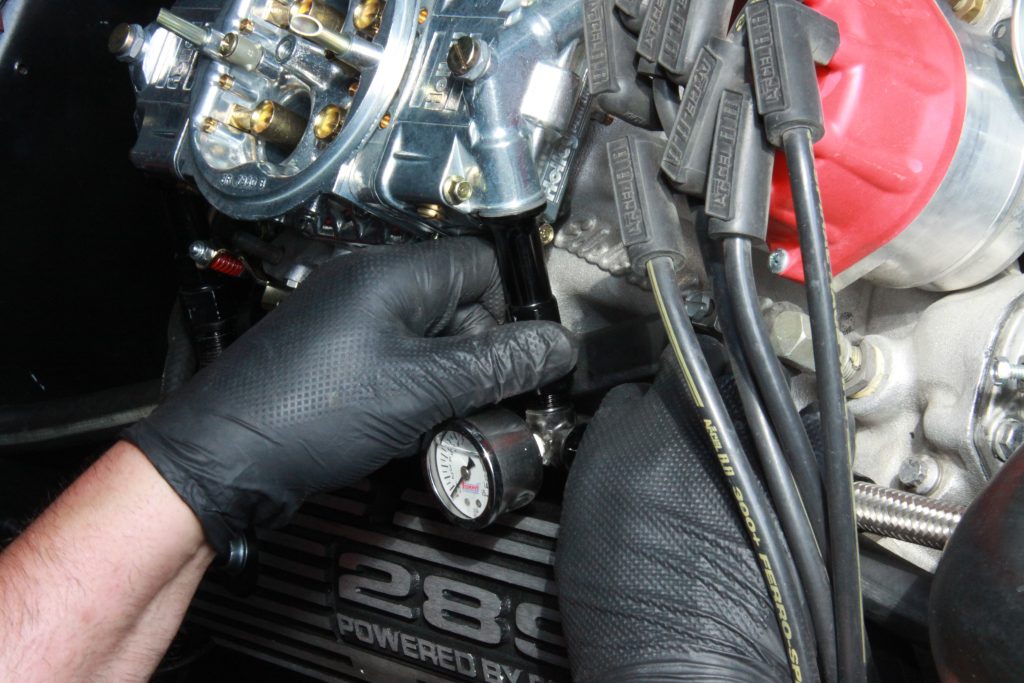
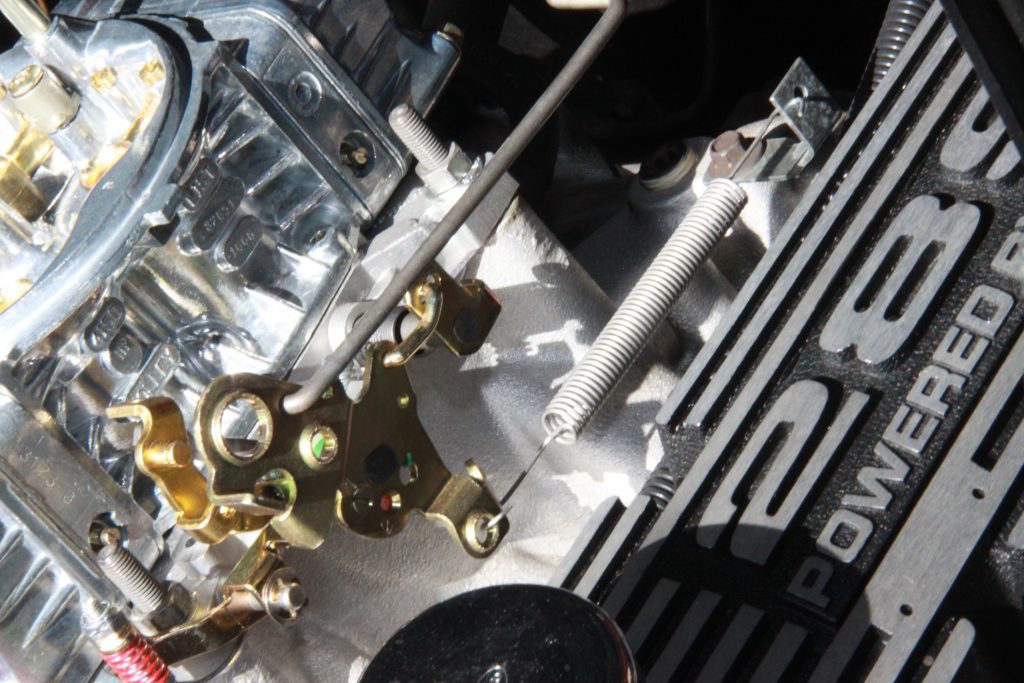
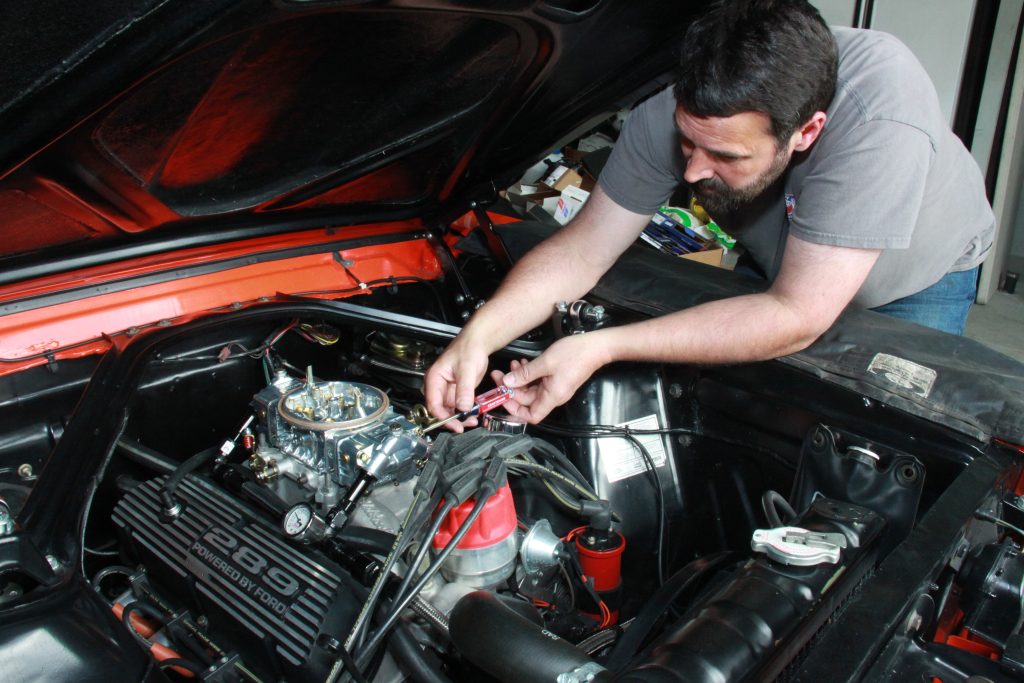

I recently purchased a 750 Holley HP carb and bolted it up to my 1970 454 Chevy Big Block and wow…the engine came to life right out of the box! Excellent idle, even pull through the throttle and it has solved my hard starting problem. I highly recommend this carb.
Same here, I had a Quickfuel carb and switched to the 770 Street Avenger. Great carb and runs great on my BBC.
I have a 350 SBC with a Sniper EFI that has proven to be nothing but trouble. I have spent hours both on the phone and emailing Holley Techs and all to no avail. After all the time and money wasted on the Sniper I am considering going back old school to a Holley carb setup.
I had a Pontiac 400 with a Street Avenger and was very pleased with that setup so that is probably the direction I’ll go.
Hate to give up on the Sniper but I want an engine that will crank and run. Can’t seem to get that with the Sniper.